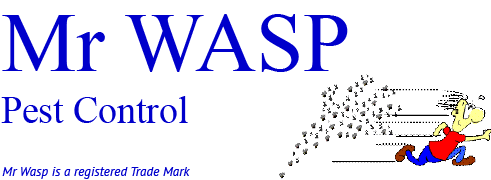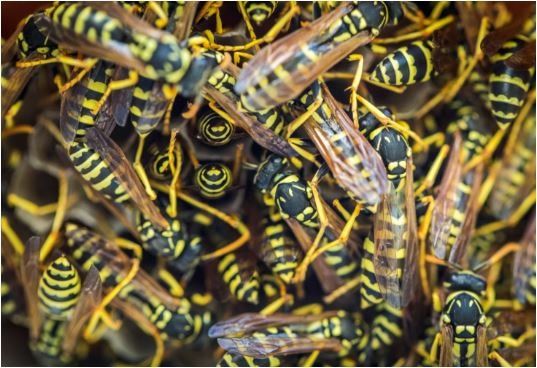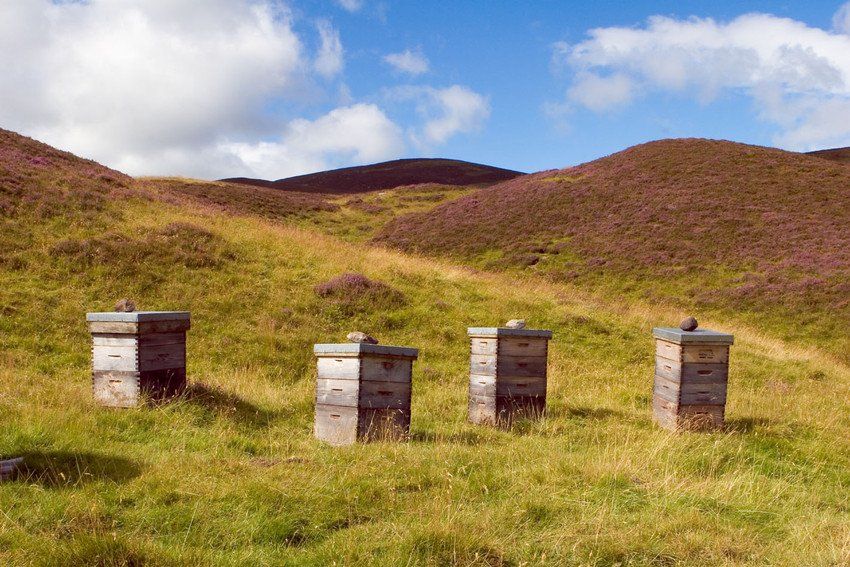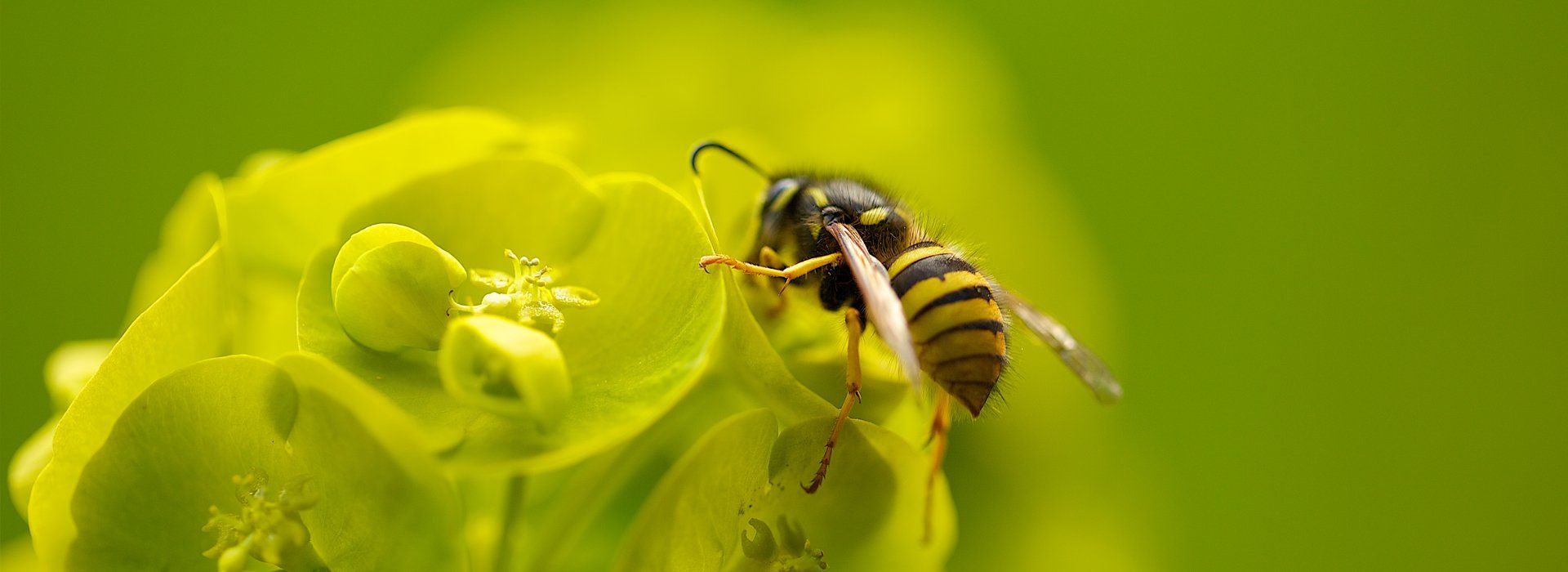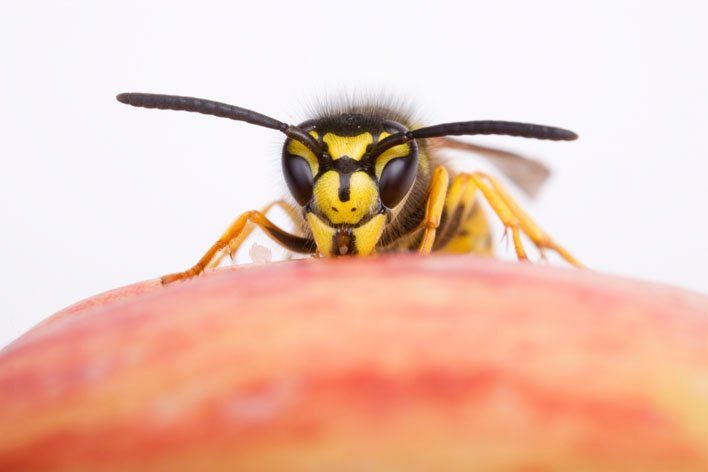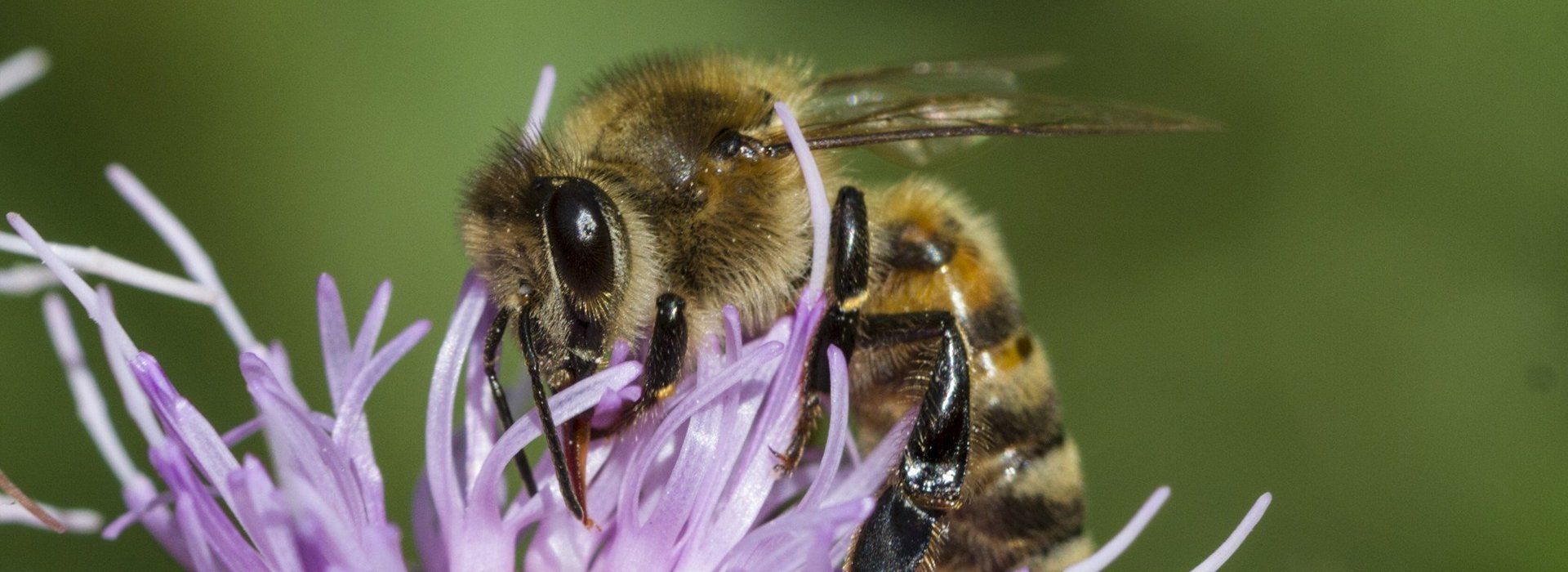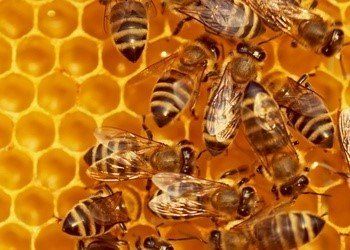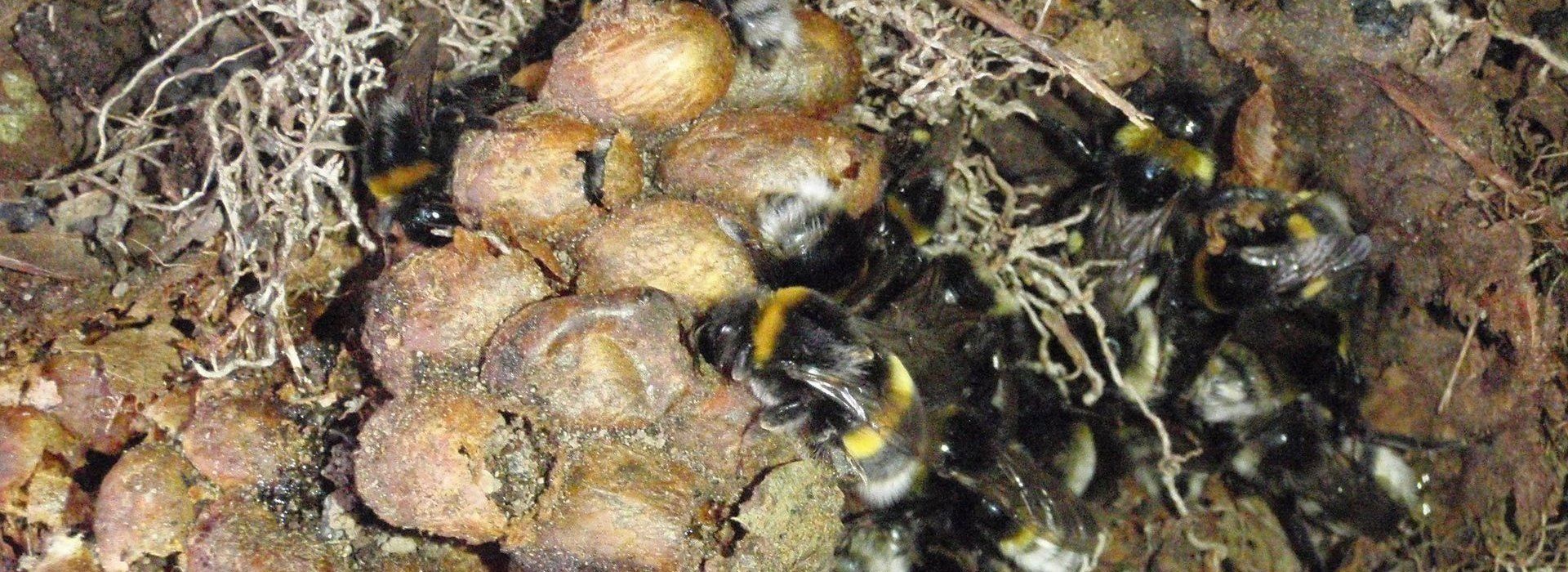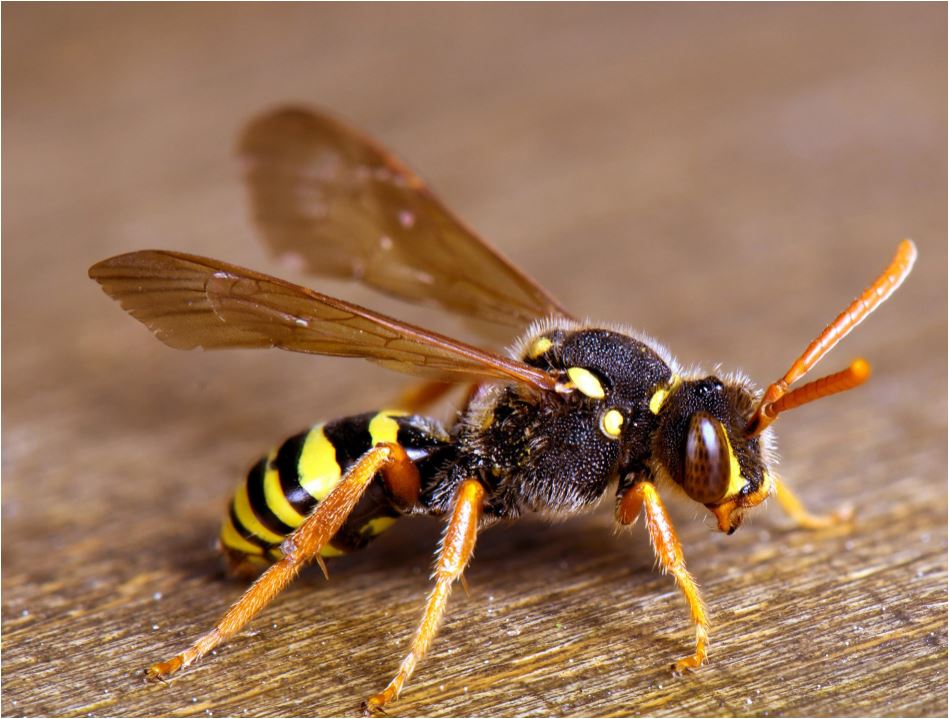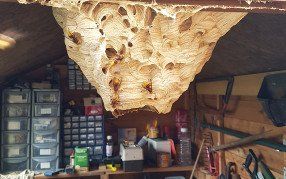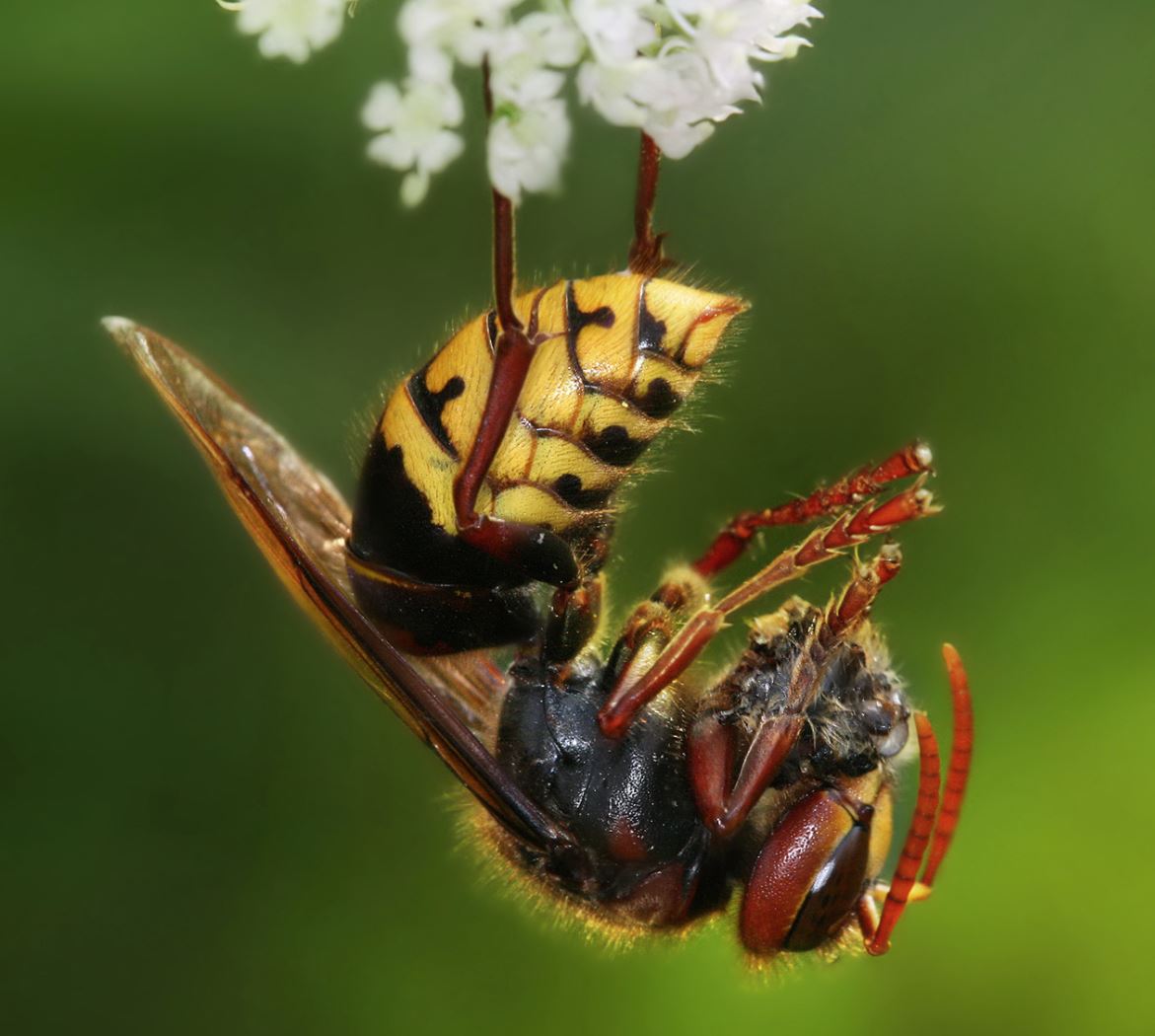30 Little-known Facts About Bees, Wasps, and Hornets
Judging from the sorts of facts in this list, you wouldn’t think that bees have a brain the size of a poppy seed. Wasps, Hornets, and Bees are fascinating and highly-intelligent creatures that get a bad wrap for being just as defensive as other animals defending their territories.
To demonstrate just how special these animals are, here are 30 little-known or often-forgotten facts about bees, wasps, and hornets!
1. Most Species Are Solitary
Whilst honeybees, bumblebees, and stingless bees live socially in colonies, more than 90% of species are actually solitary. The same is true for wasps. Although solitary wasps might build communal nests with separate cells, there isn’t the complex division of labour otherwise present in eusocial species.
2. They Can Be Tiny… Really Tiny
The smallest wasps are the solitary chalcid wasps, otherwise known as a ‘fairy wasp.’ The smallest one found was a miniscule 0.139mm.
3. All Three Have a Gendered Haplodiploidy
All three are part of the ‘haplodiploid sex determination system’ whereby males develop from unfertilised eggs and are classed as ‘haploid’ and females develop from fertilised eggs and are called ‘diploid.’
4. Hornets Aren’t Actually That Aggressive
For starters, male hornets are docile and don’t have stingers. Hornets only attack as a defence mechanism for getting too close to their nest. Researchers have actually found that they are passive, shy, peaceful creatures that prefer to avoid conflict.
5. There Are Loads of Species
There are approximately 20,000 known species of bees and about 30,000 species of wasps.
6. Wasps Make Nests Underground
Although they usually opt to build their nests in higher areas like treetops, under roofs, in hollow tree trunks, and in attics, wasps also sometimes choose to create their nets underground. The most common underground nests make use of abandoned rodent burrows and warrens.
7. Each Individual Bee Doesn’t Create Much Honey
Over the course of its short lifespan, worker bees only produce enough honey to fill a twelfth of a teaspoon.
8. Bees Have Extremely Good Smell
With 170 odorant receptors, bees have an extremely strong sense of smell that they use both to communicate inside the hive and to identify species of flowers when foraging and looking for food.
9. Hornets Have a Sweet Tooth
Hornets actively pursue sugary foods which is why they buzz around fruit and fizzy drinks so much. In fact, they use their mandibles to peel the bark from trees so they can access their sweet sap.
10. Hornets Love Killing Bees
Given their sweet tooth, and the fact that they’re five times their size, hornets actively pursue bees for their honey. Hornets can kill roughly 40 bees a minute so a few of them can definitely wipe out a whole colony… and apparently I have an ‘uncontrollable’ addiction to sugar!
11. Japanese Honey Bees Can Cook Hornets Alive
As a hornet scout approaches the colony, Japanese honey bees quickly surround the lone Hornet and, because their stings are useless against them, they surround it and vibrate extremely quickly. This causes the temperature to rise which cooks the hornet alive.
12. Queens Have Active Sex Lives
Queens often have a number of male drones who they reproduce and it’s estimated that, on average, queens have roughly 42 to 69 drones each. Once mated, queen Honey Bees can lay up to 2,000 eggs per day.
13. Asian Giant Hornets Can Kill Humans
Because of their extremely venomous poison, the Asian Giant Hornet is responsible for 30-50 annually deaths in Japan and in 3 months 42 people died from stings in China. Their venom can trigger allergic reactions which may lead to multiple organ failure.
14. Honey Bees Dance to Communicate
When out to find food, worker bees ‘waggle dance’ to communicate information about resources with one another. All species have some form of dance even though it varies between each type. There is also the ‘tremble dance’ which prompts receiver bees to collect nectar from returning foragers - I wish evolution would teach me how to dance!
15. Hornets Are Wasps
Many people don’t realise that hornets are a type of wasp and they are in the same vespidae family. In fact, ants, waszps, hornets, and bees all share a common ancestor and break away from the same evolutionary taxonomy.
16. Honey Bees Huddle Like Penguins in Winter
When the temperature drops below roughly 10 degrees, the colony gathers in the centre of the hive and forms a ‘cluster’ around the queen bee. They vibrate to keep the queen bee warm and rotate positions so that every bee has their fair share of warmth. It’s fascinating to think that wasps have evolved to use the exact same survival tactics as penguins even though they won’t ever have come in contact with them and that both penguins and honey bees will have evolved to use these tactics completely independently from one another.
17. Only Pregnant Queen Wasps Survive Winter
Only wasps that have sexually mated can properly hibernate over winter but even then only roughly 2 queens will survive to create successful nests out of every 4,500. This is due to insect predators and increasingly warm winters.
18. Honey Bees Eat Their Honey During Winter
The amount consumed depends on the length and severity of the winter but colonies eat on average 15kg to 50kg of honey through the winter to produce body heat.
19. Honey Bees Can Change Sex
If a colony becomes queenless then a worker bee may develop ovaries to take its place.
20. Wasp Grubs Help the Queen Wasp
Once they emerge from hibernation, queen wasps must create a colony as quickly as possible if they want to survive. When their first ‘grubs’ hatch, they produce a sugary elixir which they feed to their mother when she brings them protein. They also take on the responsibility of creating the papier mache, allowing the queen to continue her race against time.
21. Worker Wasps Create Air Conditioning
Wasp workers have many jobs and responsibilities. For example, where one worker collects water and deposits it around the nest, others fan the water to help it evaporate, hence cooling the nest more quickly.
22. Bees Have 4 Wings
Bees actually have 4 wings which hook together when they aren’t in flight.
23. Queen Wasps Coordinate Mating
There comes a particular time of year when queen wasps decide to create their sexual progeny which are (hopefully) carried forth into the next year. The fascinating thing is that this decision is coordinated with all other wasp nests, usually country wide. However, it’s unsure exactly how this is possible as well as what specific factors encourage the decision.
24. Male Bees Roll Down Hill Before Mating
The progeny comes together in a large swarm and when this happens on a hill, the male workers can be seen rolling down the hill which is known as ‘hill tipping.’ Maybe they’re just head over heels for their partners!
25. Males Die After Mating
Once a male has mated with a queen it dies just hours afterwards.
26. Honey Bees Are Expert Flyers
With an average speed of around 25km per hour and by beating their wings at a mind-boggling rate of 200 times per second, Honey Bees are expert flyers.
27. Wasp Venom Affects Their Aggressiveness
Wasp venom contains pheromone which is a chemical that alters the mood of other members of the same species in the same vicinity. For wasps, pheromone increases the aggressiveness of other nearby wasps as a defence mechanism.
28. Wasps Have Short Life's Cycles Compared to Humans
Wasp lifespans actually vary depending on the type of wasp. Workers have an average 12-22 day lifespan whereas drones live a bit longer and queen bees live for roughly one year.
29. Hornet Stings Are More Deadly
Even though they aren’t as hostile as wasps and are actually quite peaceful, the poison used by Hornets is five times stronger than the poison used by wasps.
30. Asian Giant Hornets Are Biggest
The Asian Giant Hornet is the largest type of wasp, reaching 1.5-2 inches in length.
Bees, Wasps, and Hornets are one of the most vital aspects of having a healthy ecosystem and 40% of our food is directly dependent on their successful pollination. They are hugely misunderstood and highly intelligent, social creatures.
If you come across a nest then don’t attempt to destroy or damage it as this is harmful to yourself, anybody else nearby and the species itself. Rather, you should get in touch with Mr Wasp or call on 01291 619 733 to receive expert advice today!
